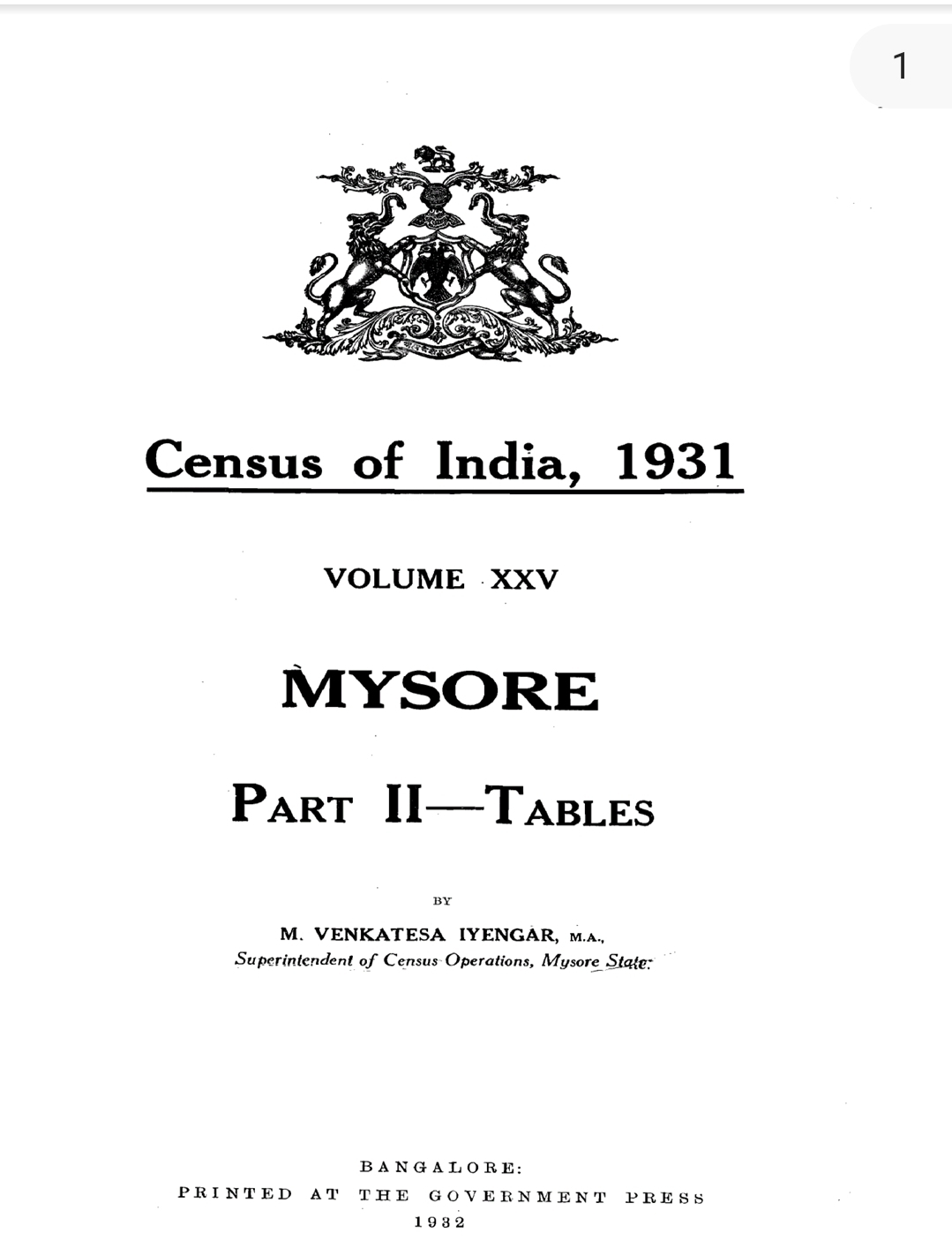The Differences, and Similarities Between Satin and Silk Fabrics.
Satin and silk are both luxurious and smooth fabrics, but often confused for each other. But differ in terms of their composition, manufacturing process, and overall characteristics.
Satin and silk are both luxurious fabrics commonly used in clothing, bedding, and various other applications. While they share some similarities, they are distinct in terms of material composition, texture, appearance, and production methods.
The Key Differences between Satin and Silk Fabrics:
1. Material Composition:
- Satin: Satin refers to a type of fabric weave rather than a specific material. It can be made from various fibers, such as silk, polyester, rayon, or nylon. Synthetic satin fabrics are often made from polyester.
- Silk: Silk is a natural fiber produced by silkworms during their cocoon stage. It is composed of protein fibers and is renowned for its softness, smoothness, and lustrous appearance.
2. Weave and Texture:
- Satin: Satin is characterized by its weave, known as the satin weave. It has a smooth and glossy front surface and a dull back surface. The weave structure gives satin its signature sheen and makes it feel smooth and silky to the touch.
- Silk: Silk can be woven into various textures, including satin, but it can also have other weaves like crepe, chiffon, or charmeuse. Silk fabrics have a naturally soft and luxurious feel, often with a subtle sheen. The specific weave of silk can affect its texture and drape.
3. Appearance:
- Satin: Satin fabrics have a distinct, lustrous appearance. They reflect light evenly across their smooth surface, resulting in a shiny, glamorous look. The sheen can vary depending on the type of fiber used, but satin generally has a rich and elegant aesthetic.
- Silk: Silk fabrics exhibit a natural sheen and a luxurious appearance. The level of shine may vary depending on the silk's type and weave. Silk has a unique ability to reflect light from various angles, giving it a visually appealing and refined look.
4. Properties:
- Satin: Satin fabrics, especially those made from synthetic fibers like polyester, are generally more durable and resistant to wrinkles and stretching than silk. They can be relatively easier to care for, with some satin fabrics being machine washable.
- Silk: Silk is known for its exceptional softness, smoothness, and breathability. It has excellent moisture-wicking properties, helping to regulate body temperature. Silk is also hypoallergenic and gentle on the skin. However, silk is generally more delicate and requires more delicate care than satin.
5. Price and Availability:
- Satin: Satin fabrics are more affordable and widely available compared to silk. Synthetic satin fabrics, such as polyester satin, are generally more budget-friendly.
- Silk: Silk is a high-end fabric and tends to be more expensive than satin. Its price can vary based on factors such as the type of silk (mulberry silk, charmeuse silk, etc.), the quality, and the manufacturing process.
In summary, satin refers to a type of fabric weave, while silk is a natural fiber. Satin can be made from various materials, including silk, but silk fabric is exclusively derived from silk fibers. Satin has a smooth, shiny surface and is often more durable, while silk is prized for its softness, natural sheen, and luxurious properties but requires more delicate care.
Devanga's Vidhana:
https://t.me/joinchat/T9PZE7wMJss2eol0
https://www.facebook.com/groups/115655385522020/?ref=share
https://www.facebook.com/vidhanadevangas/
https://t.me/joinchat/T9PZE7wMJss2eol0
https://www.facebook.com/groups/115655385522020/?ref=share
https://www.facebook.com/vidhanadevangas/
#828








Comments
Post a Comment